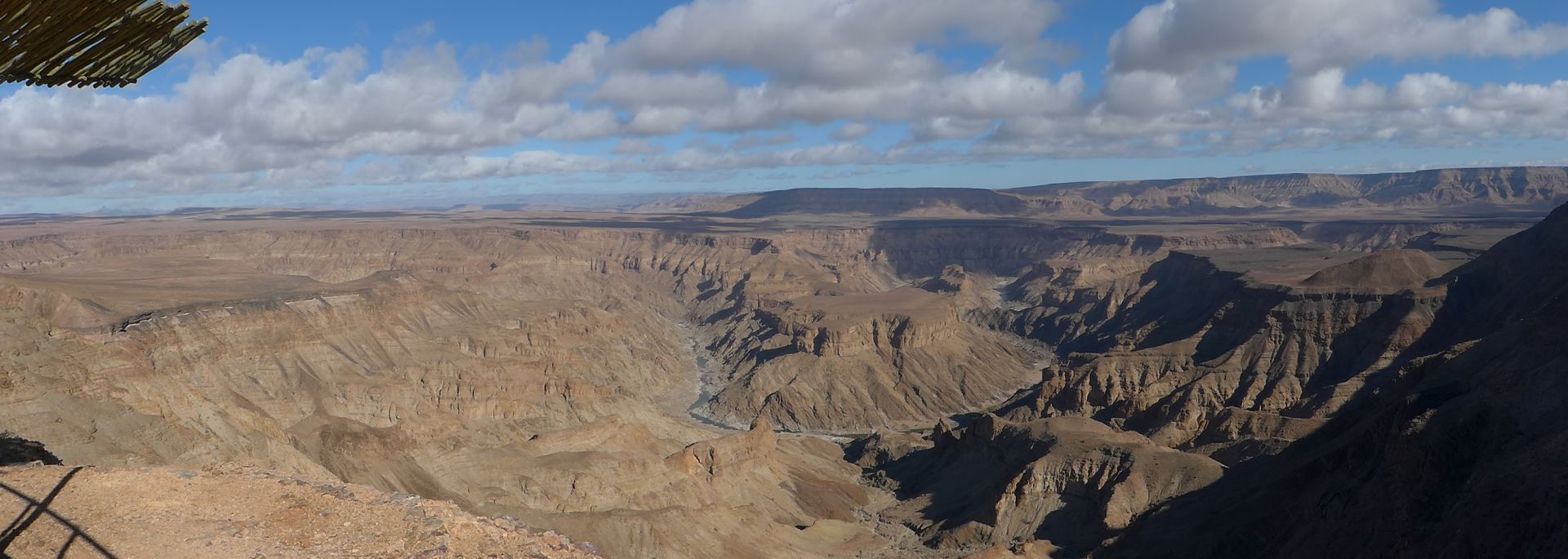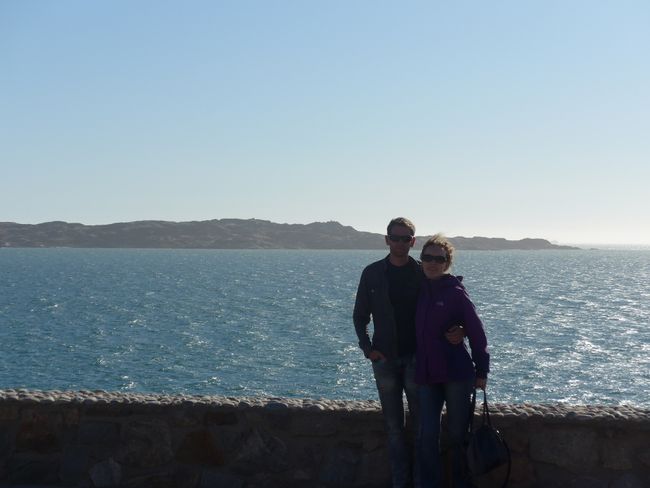Otago Peninsula - Castle, Albatrosses and Penguins (New Zealand Part 36)
प्रकाशित कीता: 30.01.2019
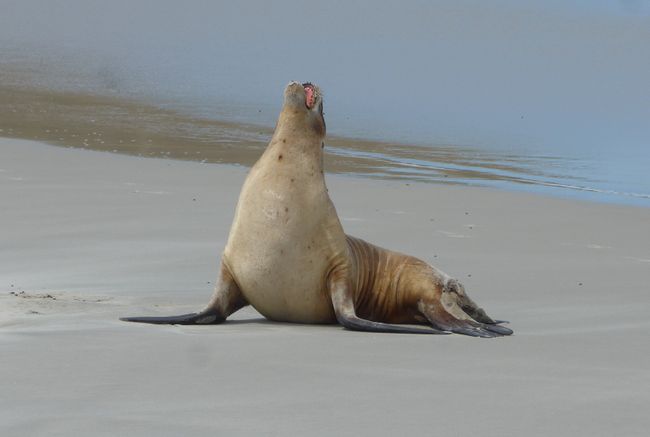
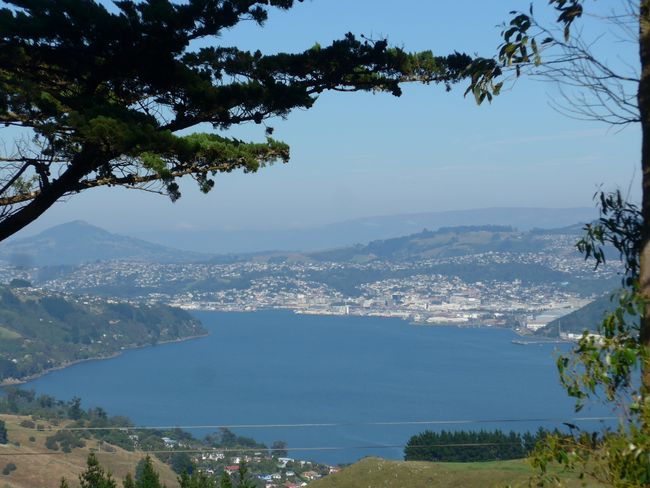
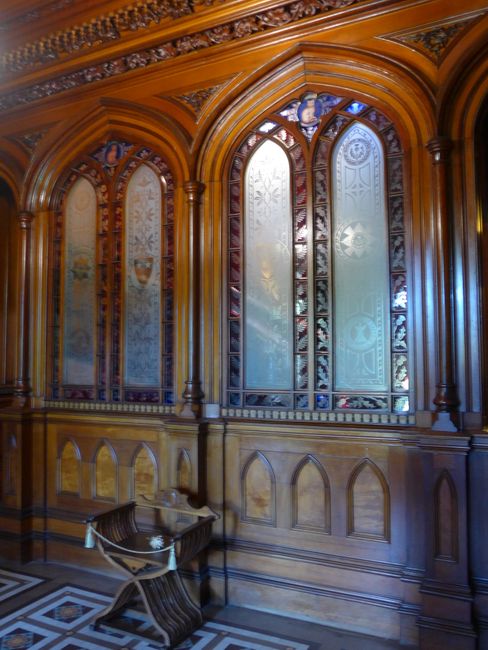
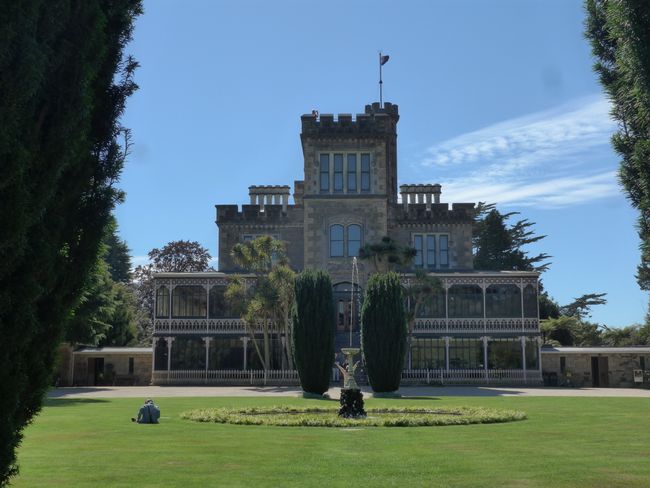
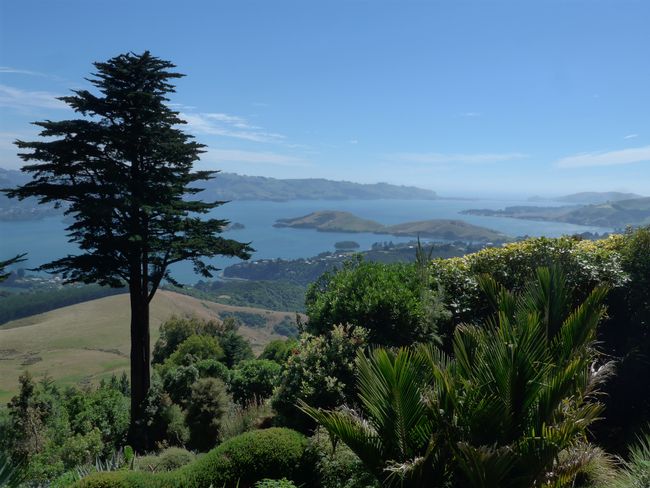
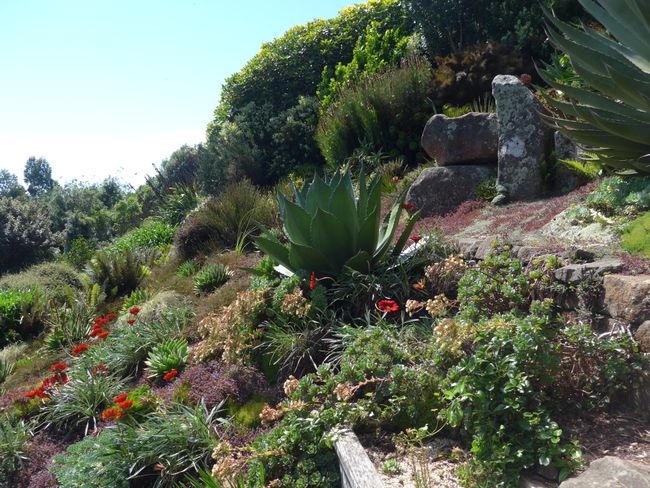
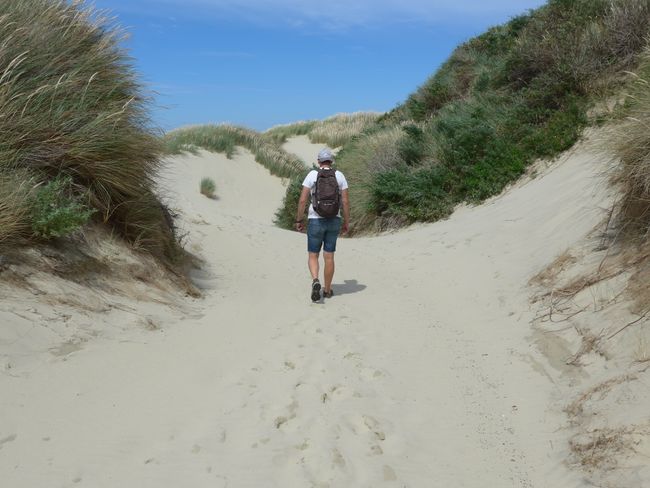
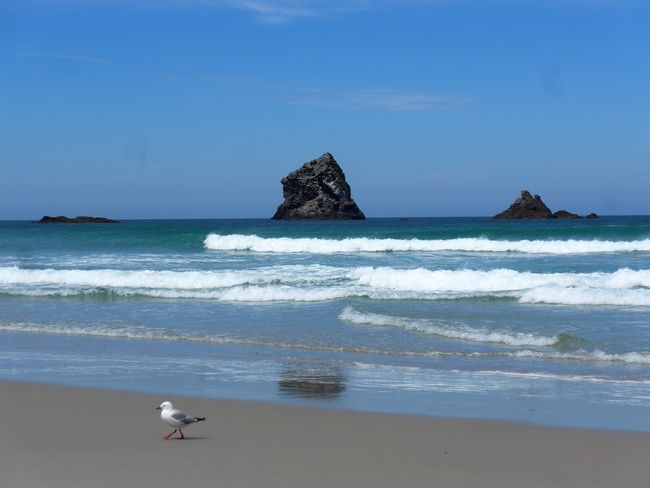

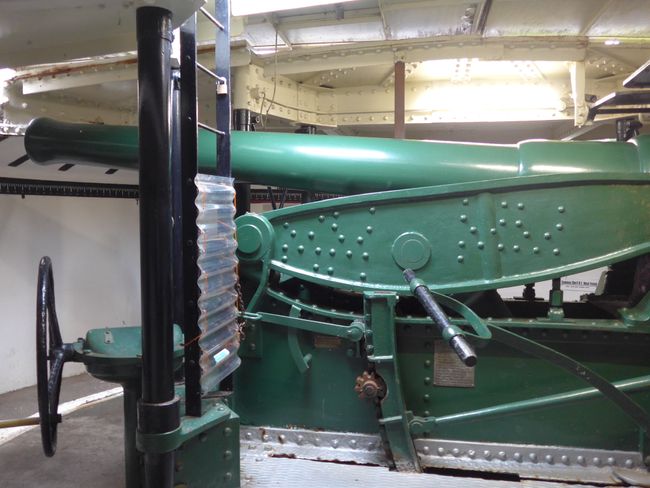
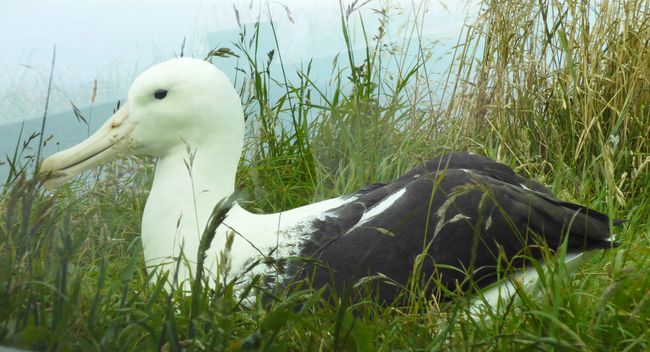
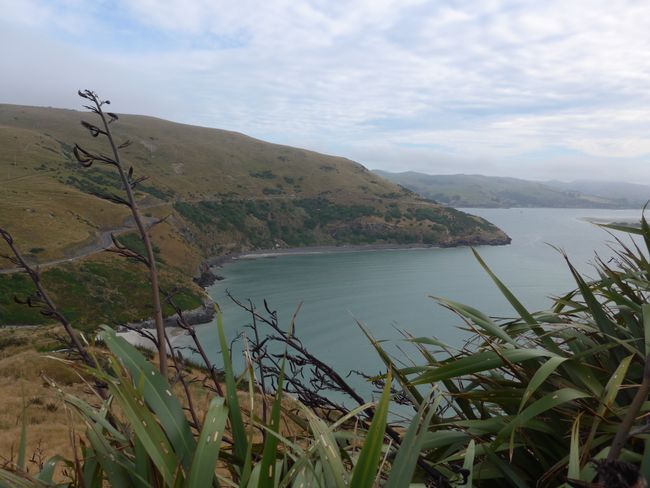
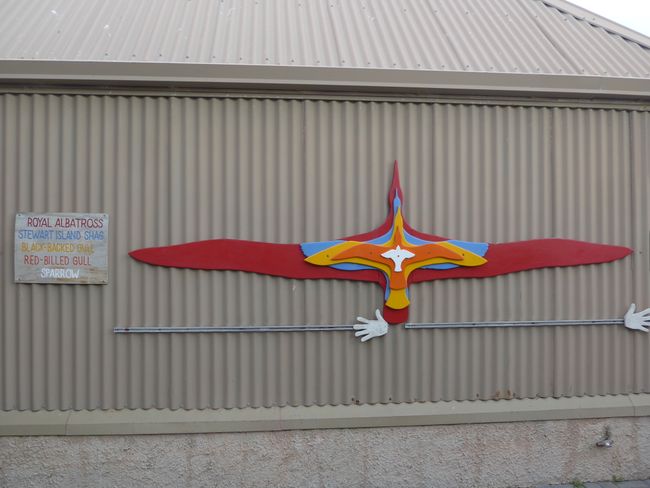
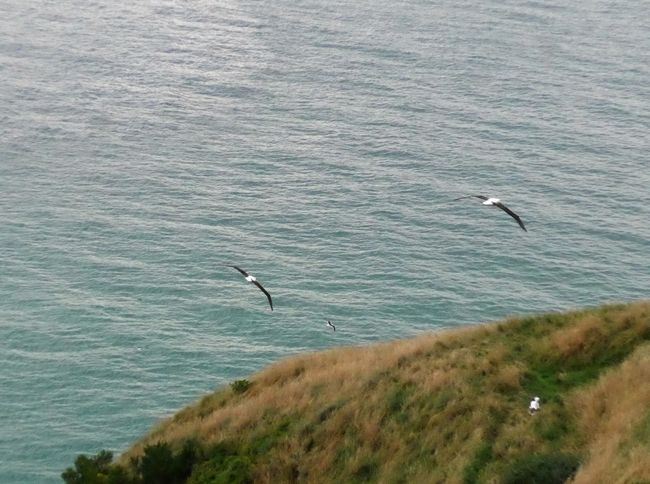
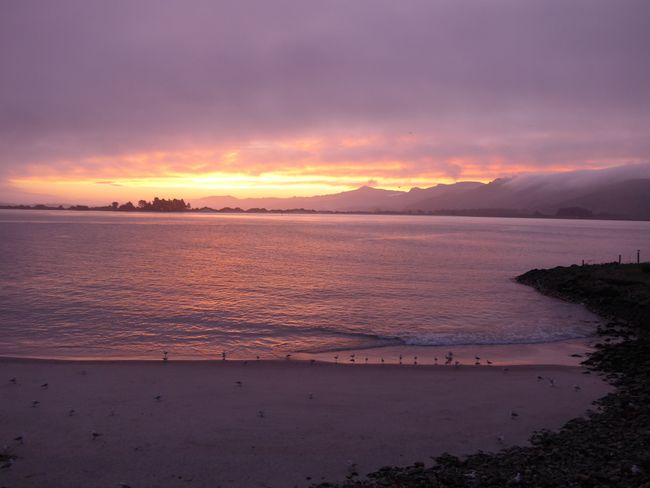
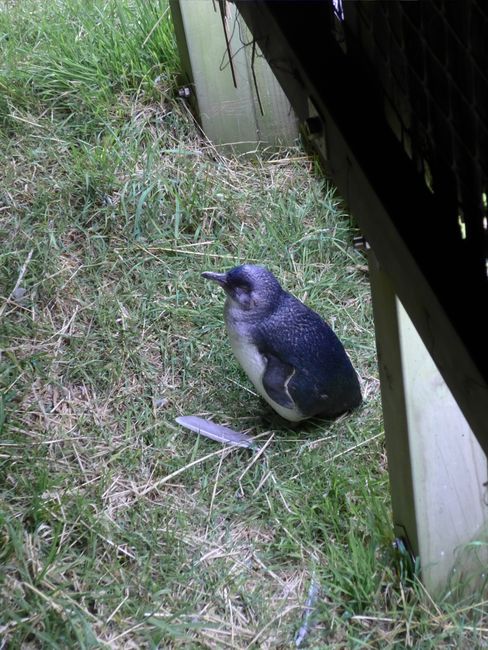
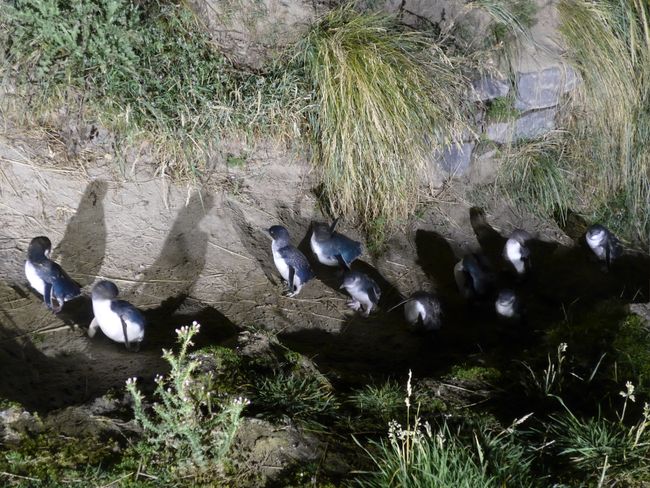
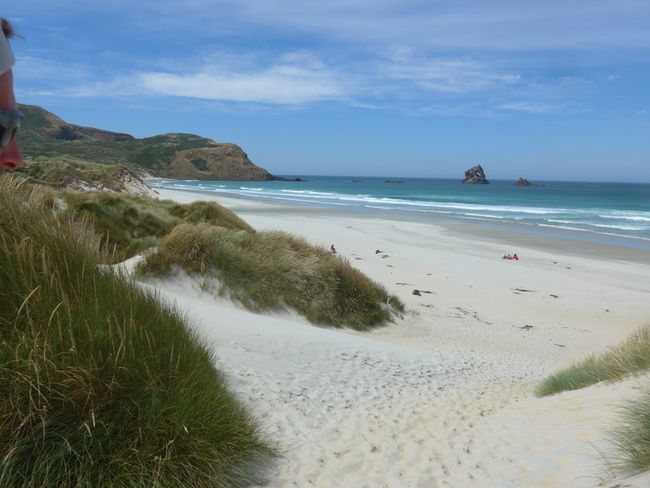
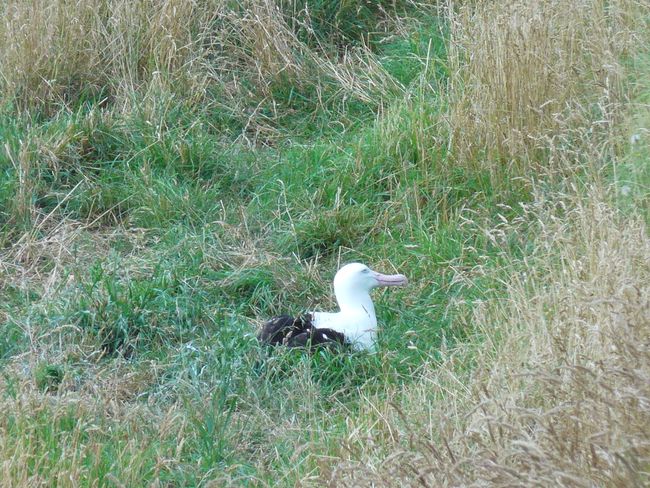
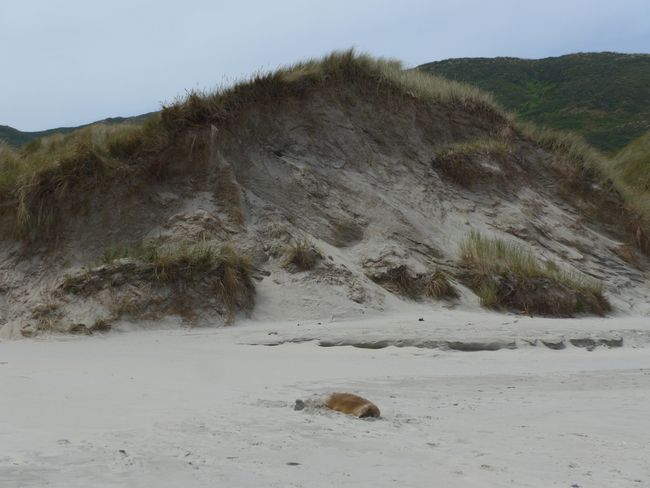
न्यूज़लेटर दी सब्सक्राइब करो
From Dunedin we drove to the peninsula in front of it, which is known for its wildlife.

But first we visited Larnach Castle, the only castle in New Zealand.

It was built in the 19th century by William Larnach, who had become wealthy as a banker during the gold rush, for himself and his family.
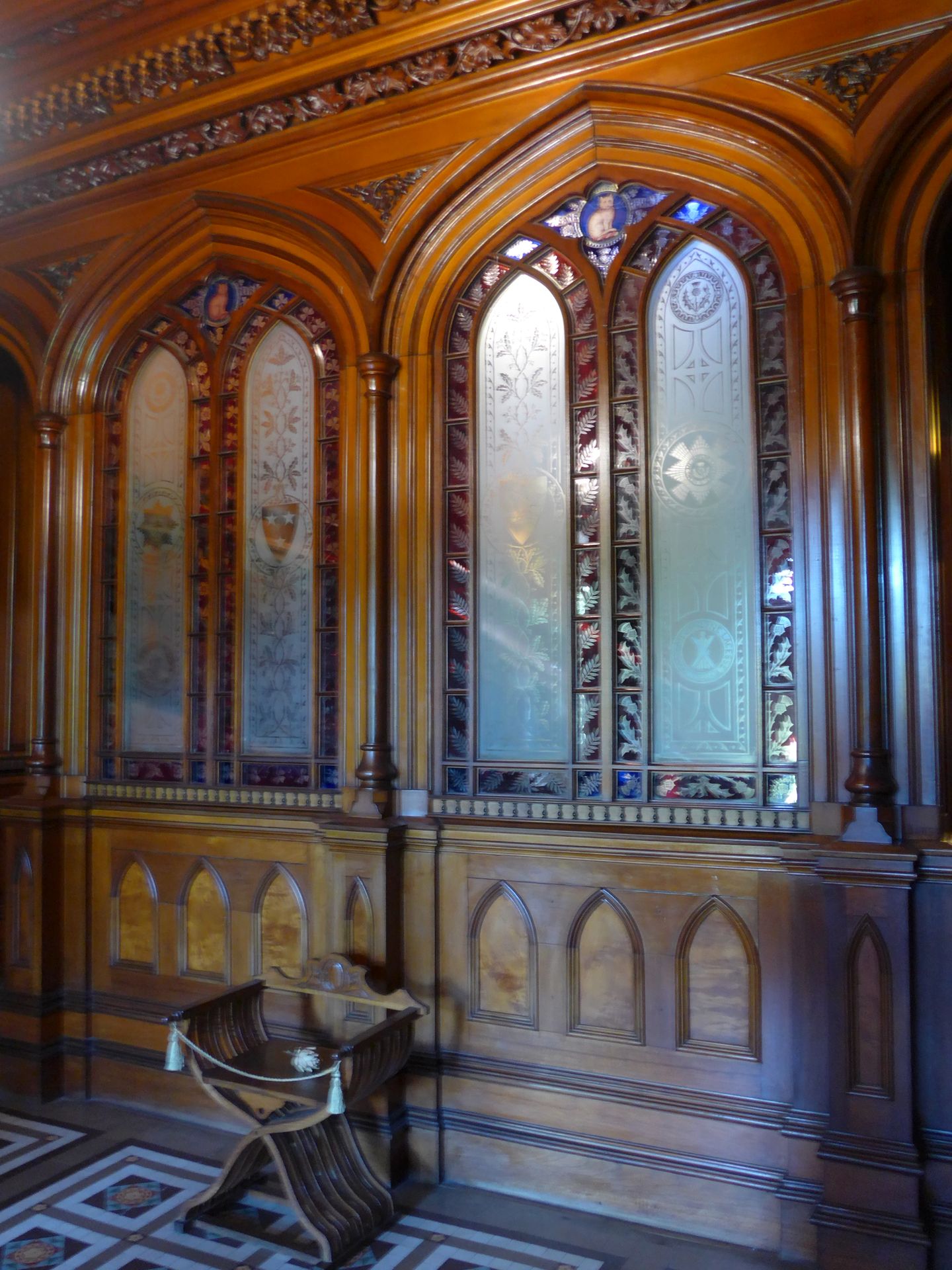
Today it is privately owned again, after the new owners had to restore it extensively and then not only lived there, but also made the castle accessible to the public.
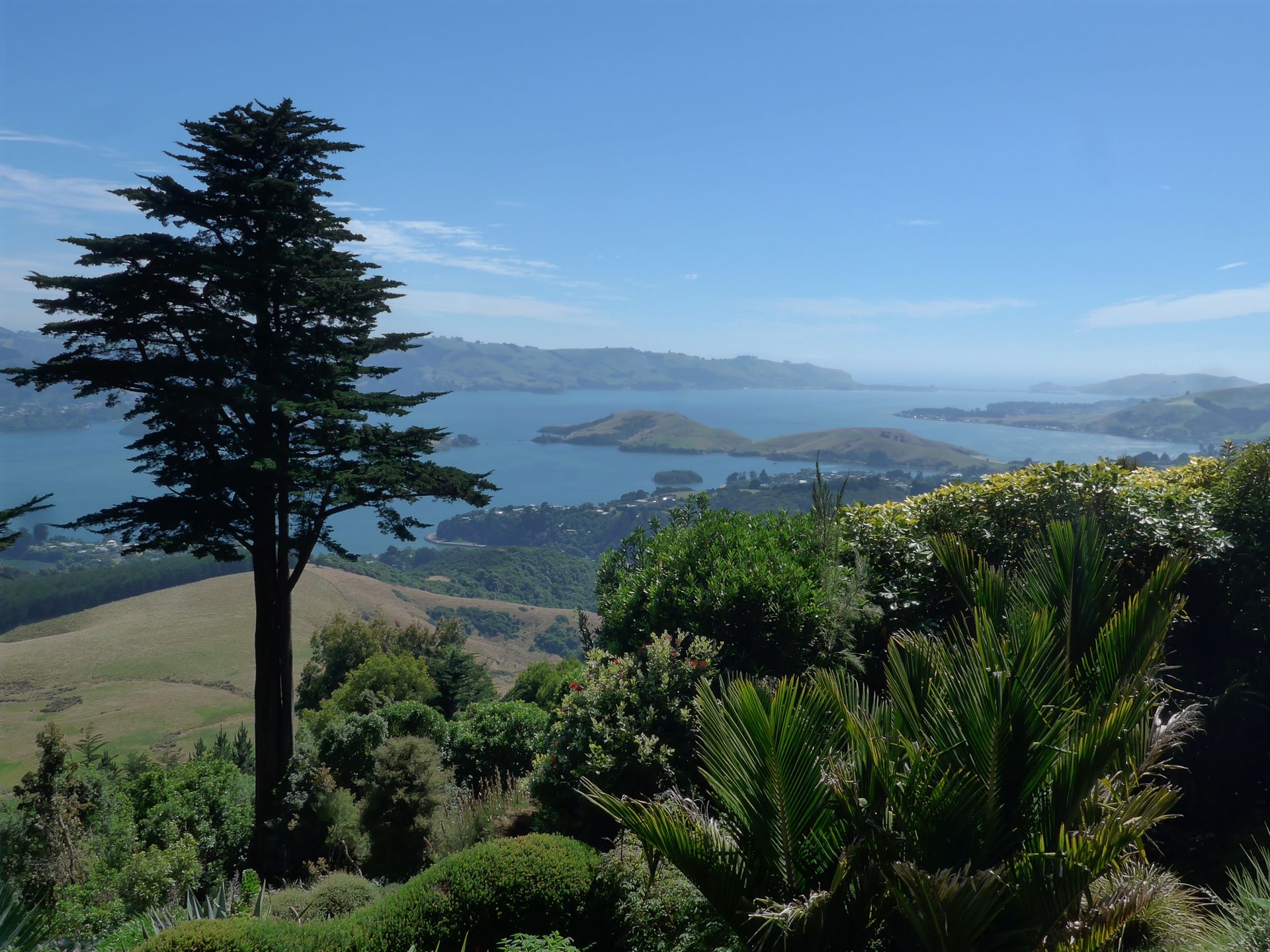
Today, 90 employees work here to maintain the castle and the garden and to welcome visitors.

Then we drove to Sandfly Bay, where luckily we did not encounter the annoying sandflies.
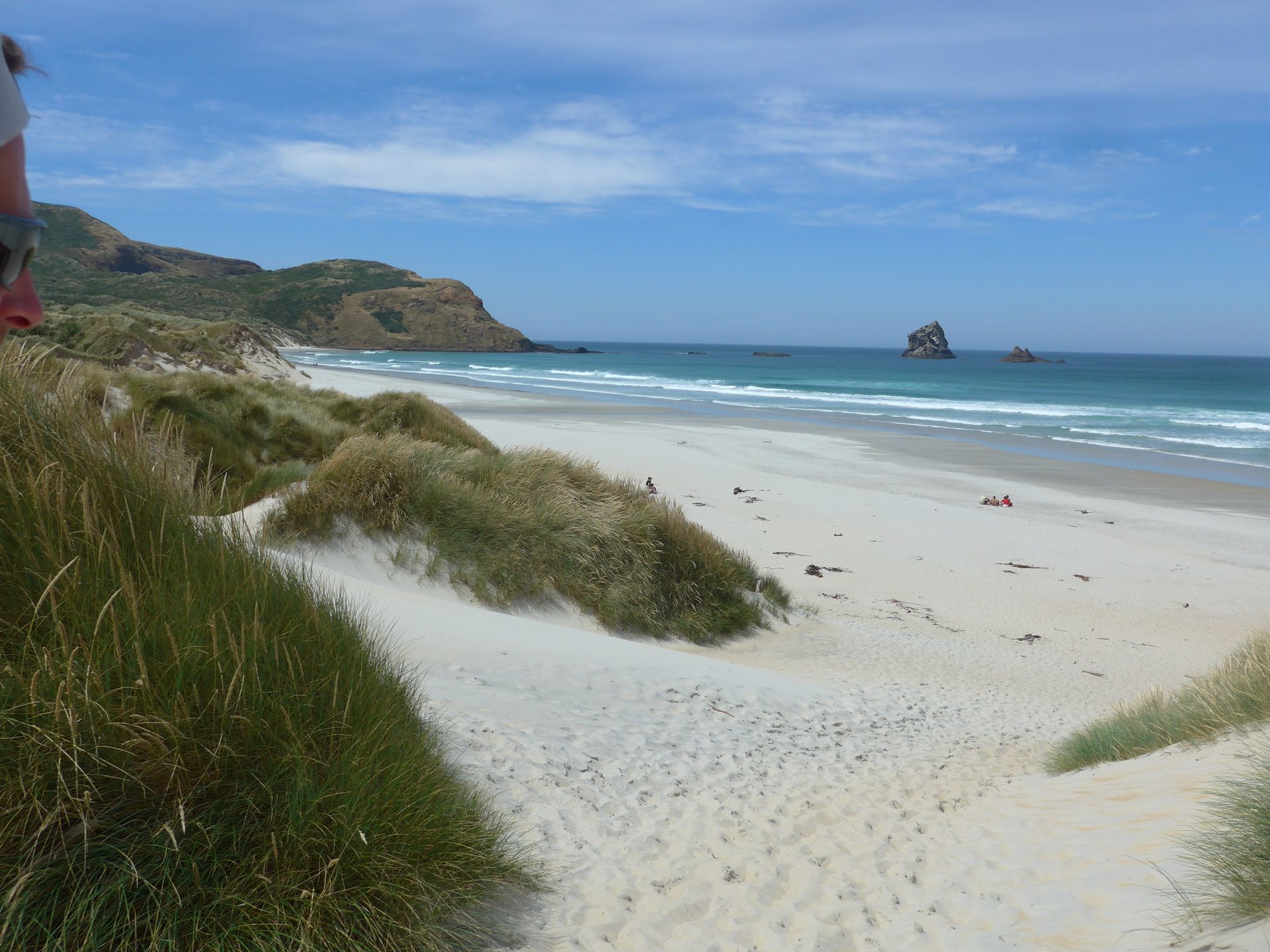
Our path led us down a large sand dune to the beach. There were some rocks off the coast that rose picturesquely out of the water, and the sky was shining in bright blue.
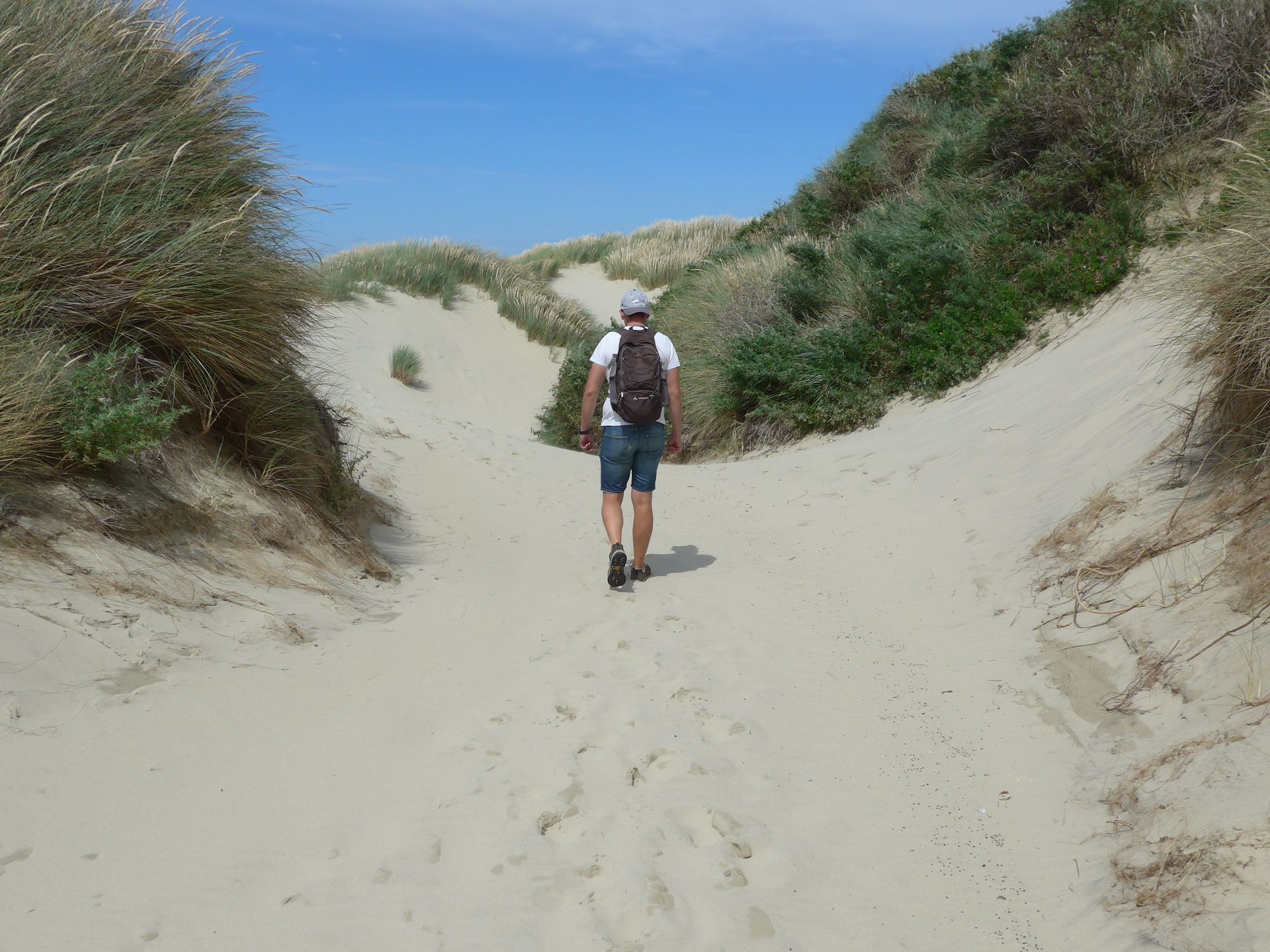
We walked along the beach, which was not so easy because of the water running from the sea over the beach if you wanted to keep your feet dry.

At the beach we then encountered some sea lions lying in the sun.
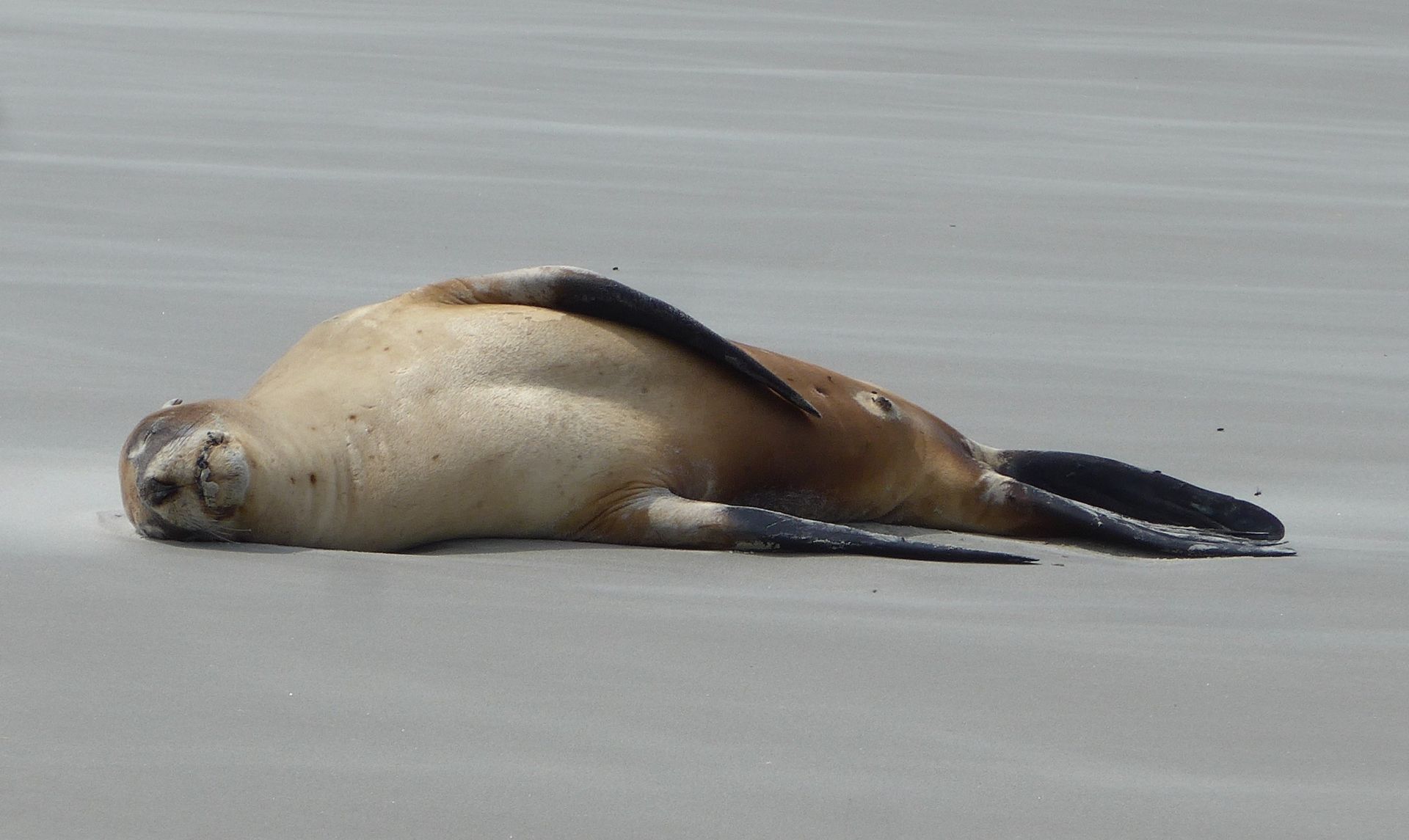
Since they were swarmed by flies, they dug themselves into the sand to protect themselves from the little pests.

In the late afternoon, we drove to the promontory of Taiaroa Head, which has long served as a defense position.
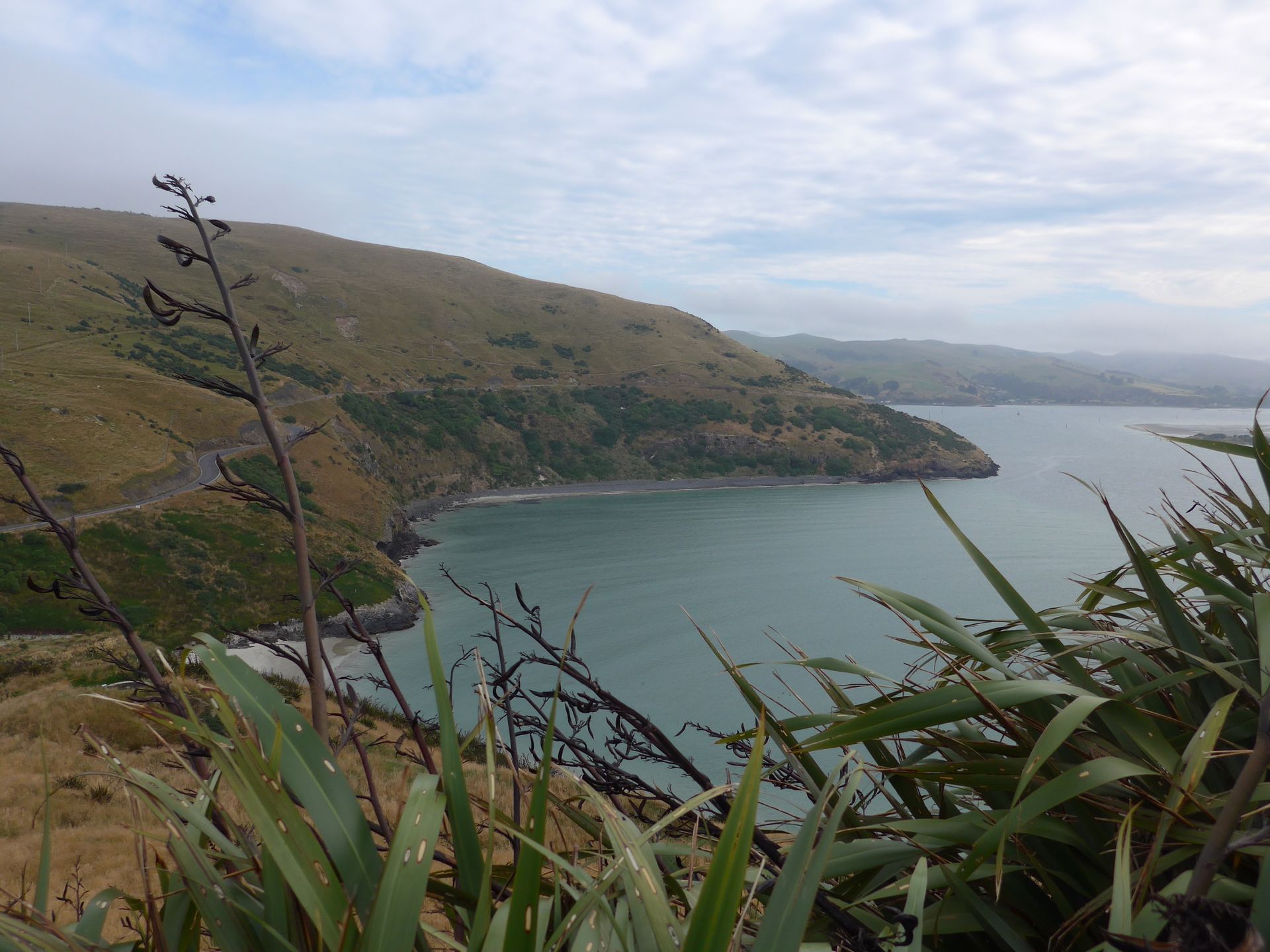
Today you can still visit the old Taiaroa Fort there. It was built from 1885 onwards because New Zealand feared an attack by the Russian army. In 1889, an "Armstrong disappearing gun" was installed there, which of course was never fired in real combat due to the lack of attackers.

But we found the albatross, which was breeding right in front of the window, much more exciting.

We had come here because of the albatrosses. In addition to the tour of the fort, tours to the albatross colony on the promontory are also offered.

During this tour, we were able to see some flying albatrosses and those sitting on their nests. The first chicks had just hatched and were being protected by one parent while the other went in search of food.

The albatrosses have a wingspan of up to 3.30 meters and can spend several years at sea without going ashore. They only have to find a place on land for mating and nest building.
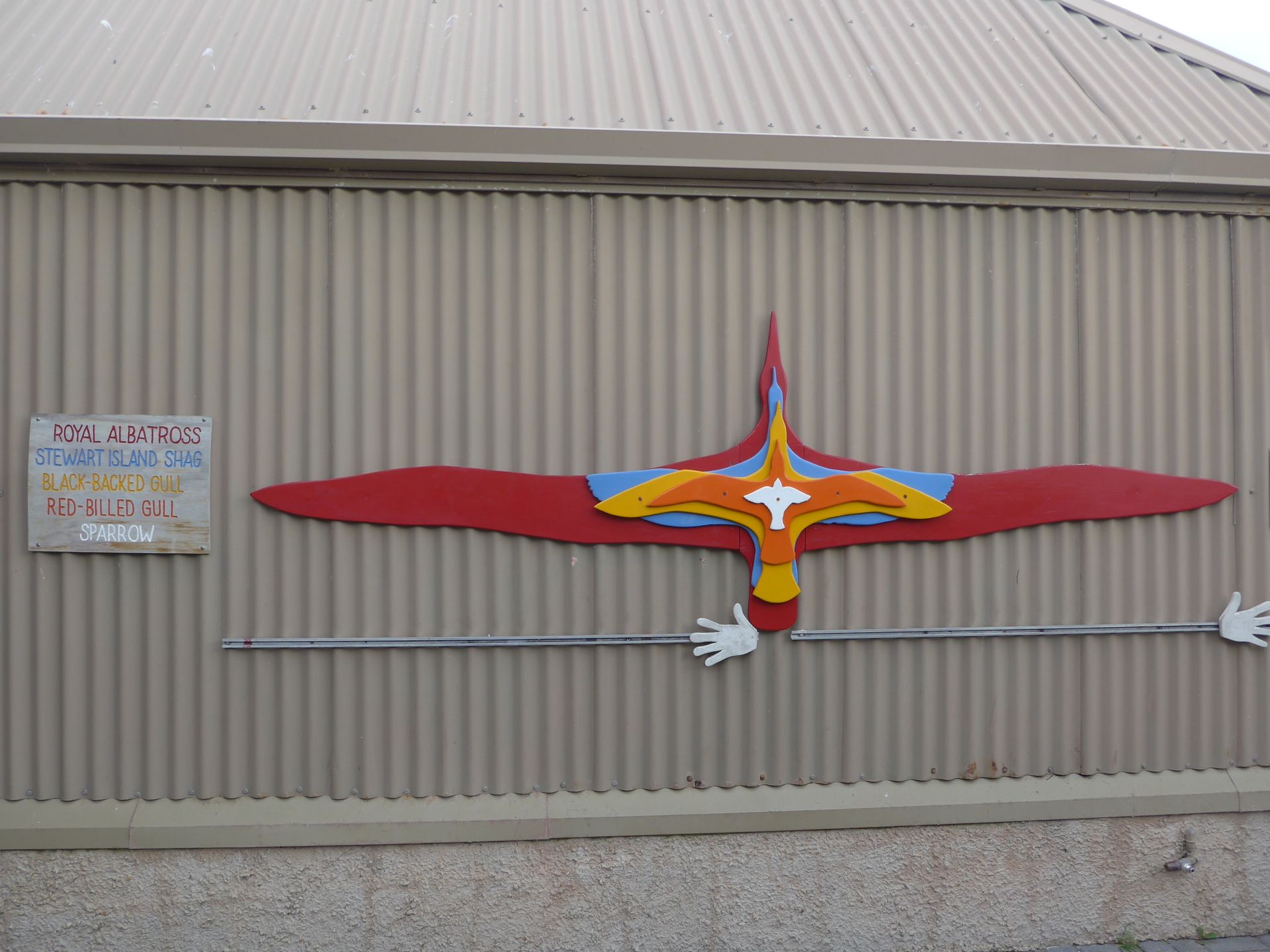
In the evening, at dusk, we saw little penguins coming back to their nests at the beach. We had already seen their relatives at the Penguin Parade on Phillip Island in Australia.
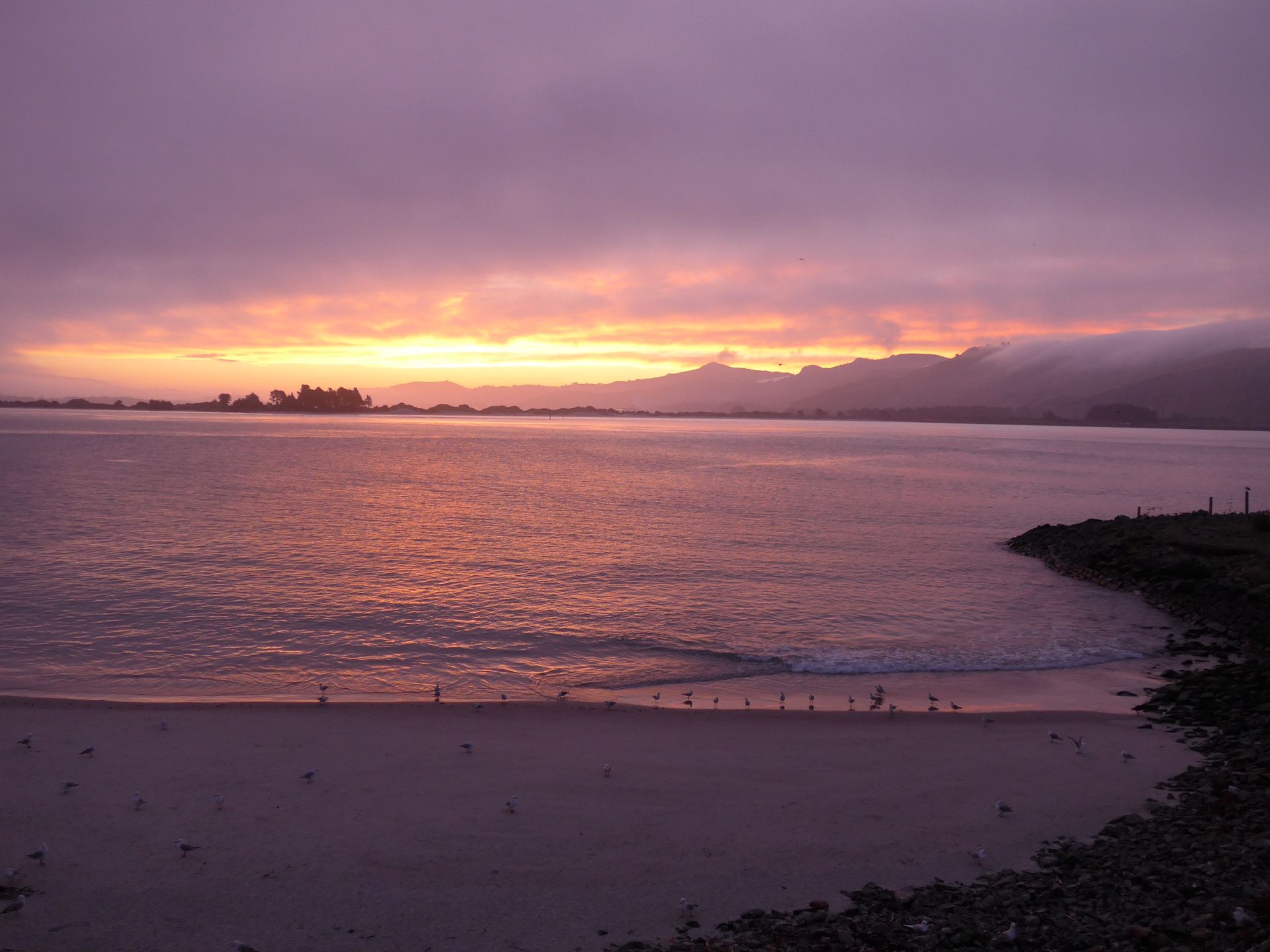
They also return to the land every evening to feed their young and sleep. Here we could see the penguins much better because we got much closer to them on our visitor grandstand and there were fewer spectators present.

It's very cute to watch how the little penguins swim in groups and then waddle somewhat clumsily to their nests.
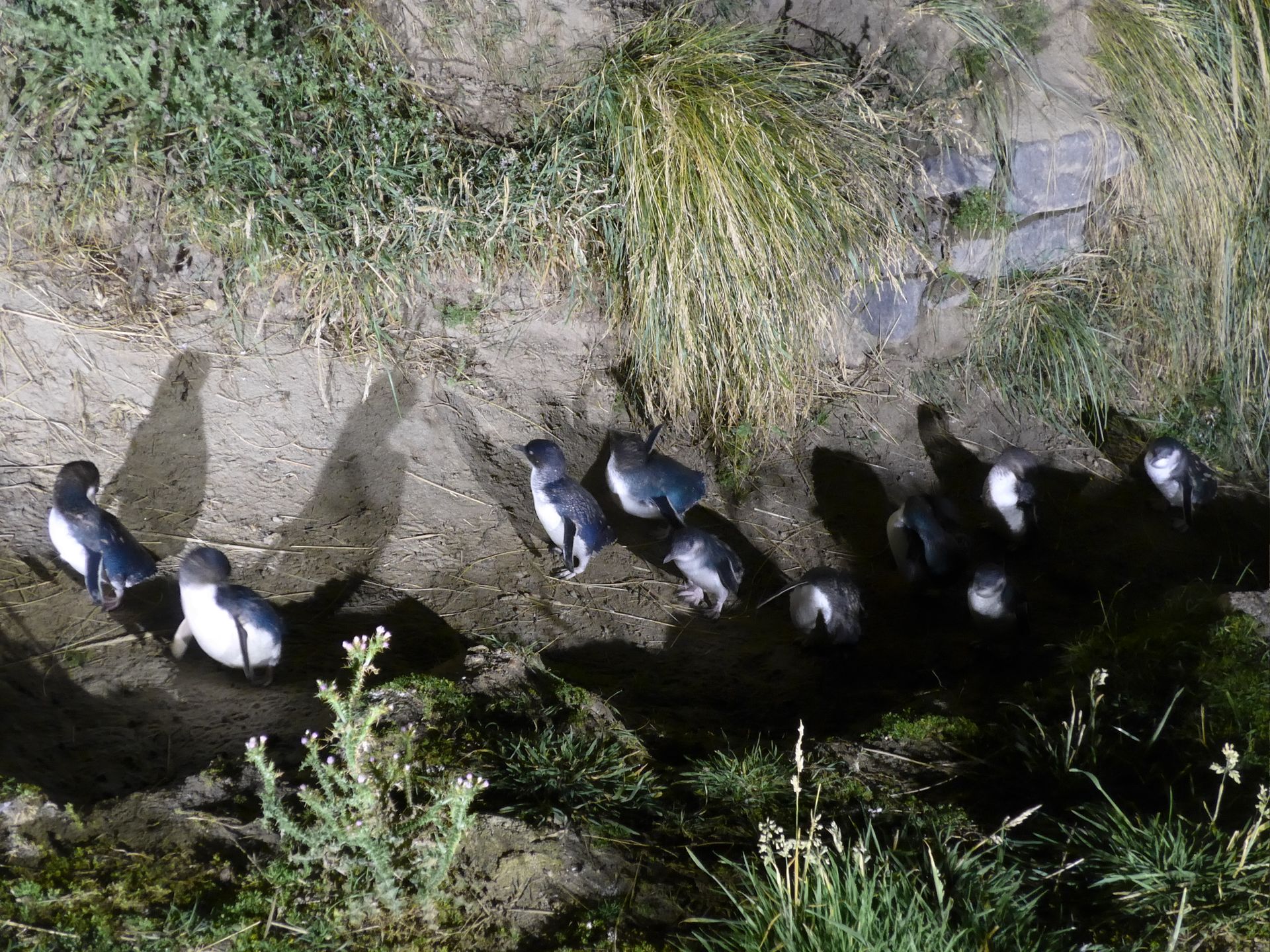
न्यूज़लेटर दी सब्सक्राइब करो
परता

यात्रा दी रिपोर्ट न्यूजीलैंड ऐ।
